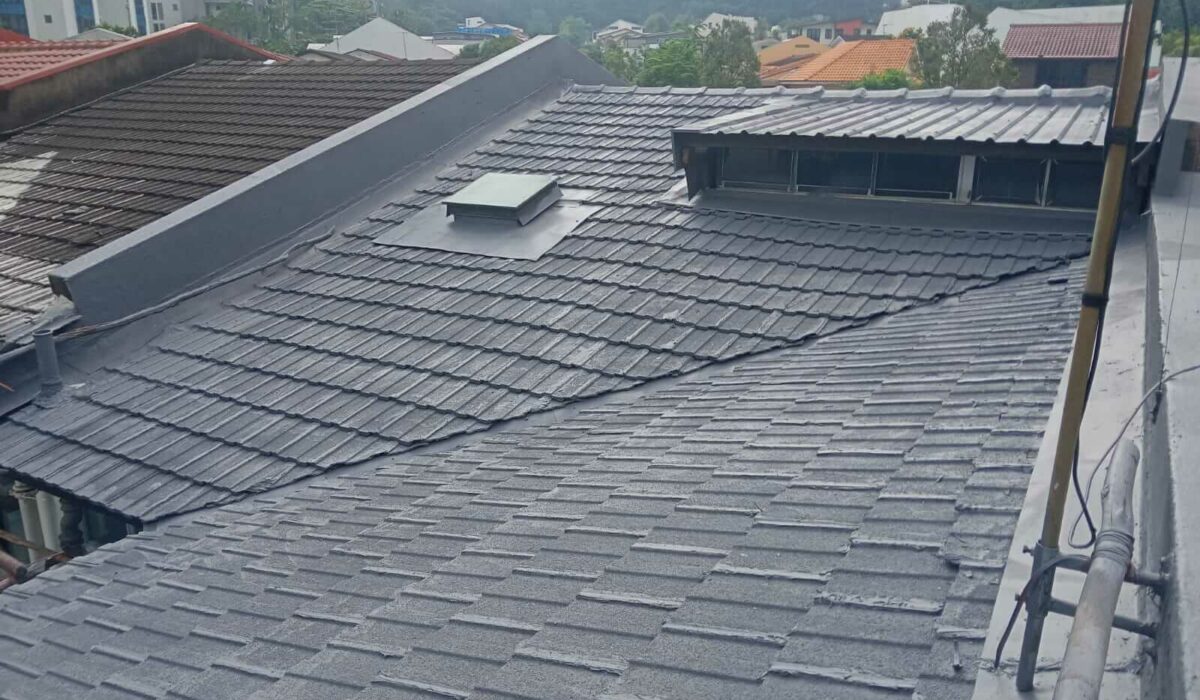For homeowners, a leaky roof might be the worst thing ever. If ignored, it can not only be a bothersome annoyance but could seriously harm your house. If a roof leak is not fixed right away, it may result in structural issues, water damage, and the formation of mould. We will go over what a roof leak is, the possible damage it can do, and most importantly, how to fix a leaky roof in this blog. Regardless of your preference for hiring a professional or doing it yourself, this guide will arm you with the information and resources you need to address a leaky roof and shield your house from additional harm.
What are the possibilities of a roof leak ?
Improper roof slope:
Another reason for leaks in the roof is an incorrect roof slope. Because it directs precipitation and snowmelt away from the roof’s surface and into the gutters or drainage system, the roof’s slope is crucial. Water may collect on the roof’s surface if the slope is too flat or shallow, which could result in leaks and water damage. This is particularly true in regions that see a lot of snowfall or rain. Similar to this, an excessively steep slope may allow water to run off too quickly, resulting in gutter overflow and potential water damage. To stop leaks, it’s imperative that your roof be installed or repaired with the correct slope.
Cracked roofs:
One of the most common causes of roof leaks is roof cracks. A number of factors, including ageing, bad installation, and weather, can cause these fissures. The roofing material may deteriorate and crack with time if it is exposed to the sun, wind, and rain. When it came time to create a roof, improper installation could also cause cracks to appear earlier than anticipated. Roof fractures can let water penetrate into the structure of the roof, causing mildew and water damage. Small cracks have the potential to enlarge and cause far more serious issues if ignored. Frequent roof inspections can assist in finding cracks early on and repairing roof or ceiling leaks properly.
Damaged Flashing:
Flashing is a thin material, typically made of metal, that is used to protect the joints and angles of a roof. Flashing can be found around chimneys, skylights, vents, and other protrusions on the roof’s surface. If flashing is damaged or improperly installed, it can cause water to seep into the roof’s structure. Over time, exposure to the elements can cause flashing to deteriorate, resulting in cracks or gaps. Additionally, improper installation can cause flashing to loosen or detach from the roof, allowing water to penetrate the roof’s structure. Regular inspection and maintenance of flashing can help identify any issues and prevent further damage.
Also : Excess of Roof Moisture, Corrosion, Aging and etc.,

